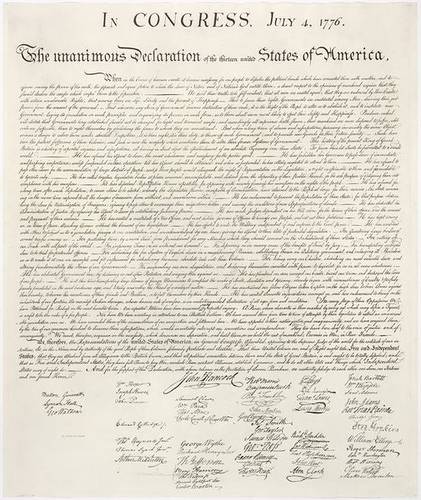If you’re really dedicated, it’s possible to travel nearly 6,000 miles in a straight line within the United States.
A trip from Log Point on Elliott Key in Florida to Kure Island in Hawaii would cover 5,859 miles.
If you’re really dedicated, it’s possible to travel nearly 6,000 miles in a straight line within the United States.
A trip from Log Point on Elliott Key in Florida to Kure Island in Hawaii would cover 5,859 miles.
“De massa and missus was good to me but sometime I was so bad they had to whip me. I ‘members she used to whip me every time she tell me to do something and I take too long to move ‘long and do it. One time my missus went off on a visit and left me at home. When she come back, Sally told her that I put on a pair of Bubber’s pants and scrub de floor wid them on. Missus told me it was a sin for me to put on a man’s pants, and she whip me pretty bad. She say it’s in de Bible dat: ‘A man shall not put on a woman’s clothes, nor a woman put on a man’s clothes’. I ain’t never see that in de Bible though, but from then ’til now, I ain’t put on no more pants.”
— Victoria Adams, ex-slave, 90 years old, quoted in Slave Narratives: A Folk History of Slavery in the United States From Interviews With Former Slaves, 1941

Officially, the modern bikini was invented in Paris in 1946, but women’s two-piece athletic garments go back to 1400 B.C. This mosaic, found in a Roman villa near Sicily, dates from 300 A.D. Evidently they had fans.
Religious demographics of the United States Senate:
Non-religious or religiously unspecified people make up 15% of the U.S. population … but there’s no sign of them in the Senate.

Fifteen-year-old Owen Burnham was walking along a Gambian beach in 1983 when he came upon a group of villagers cutting up a carcass. He says it measured about 15 feet long, with a 4.5-foot head and a beak containing 80 conical teeth. The villagers eventually sold the head to a tourist and buried the body.
Burnham’s story is a little fishy — he took extensive measurements but didn’t think to take a photo or save a sample. And now no one can find the body.
Maybe “Gambo” was a living dinosaur; maybe it was a mangled whale; maybe it never existed. At this point the only person who can shed any light is the tourist … and he’s not talking.
cuniculous
adj. full of rabbits
Excerpts from students’ civics exams in the 1800s:
— From Mark Twain, “English as She Is Taught: Being Genuine Answers to Examination Questions in Our Public Schools,” 1887

Thomas Jefferson’s original draft of the Declaration of Independence contained a passage denouncing the slave trade:
He [George III] has waged cruel war against human nature itself, violating its most sacred rights of life & liberty in the persons of a distant people who never offended him, captivating & carrying them into slavery in another hemisphere, or to incur miserable death in their transportation thither.
Congress removed it.
George Bernard Shaw is the only person who has won both a Nobel Prize and an Academy Award.
He won the Nobel in 1925 and an Oscar for Best Adapted Screenplay in 1938 (for Pygmalion).
“I can forgive Alfred Nobel for having invented dynamite,” he once said, “but only a fiend in human form could have invented the Nobel Prize.”
In 1998, University of Iowa communications professor Kembrew McLeod trademarked the phrase “Freedom of Expression.” Then he sent AT&T a cease-and-desist letter because they were using his phrase in an advertising campaign.
He said he knew he was overreaching, but “I do want to register my genuine protest that a big company that really doesn’t represent freedom of expression is trying to appropriate this phrase.”